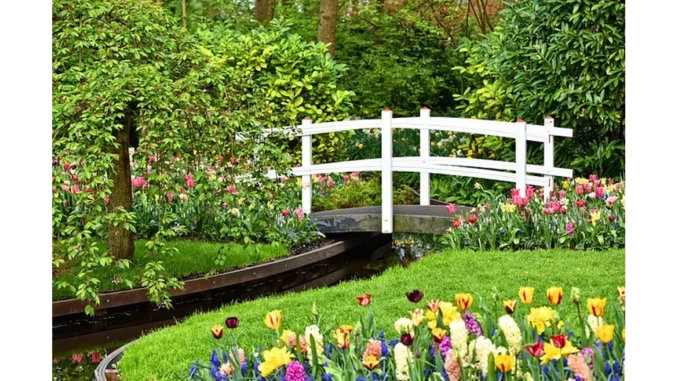
Winter often wraps its cold, quiet arms around our gardens, leaving them dormant and still. But for garden enthusiasts like Violet Thompson, a landscape architect with over 20 years of experience, this season is the perfect opportunity to plan and design the garden of your dreams. I had the pleasure of sitting down with Violet to glean insights from her extensive knowledge, and she shared some invaluable advice that will undoubtedly inspire both novice and seasoned gardeners.
The Importance of Winter Planning
“Winter is the ideal time to plan because you’re not distracted by the immediate demands of the garden,” Violet explained. “You can take a step back, look at the bigger picture, and really think about what you want from your garden.”
Violet emphasised that planning during winter allows gardeners to avoid the rush of spring planting. Without the pressure of immediate execution, you can spend more time on thoughtful design and thorough research. This is especially important for those who want to create a space that is not only beautiful but also functional and sustainable.
Understanding Your Space
One of the first tips Violet shared was to understand your garden space intimately. “Take the time to observe your garden during different times of the day and in varying weather conditions,” she advised. “Notice where the sun hits, where the shadows fall, and how water drains. This will help you decide where to place different plants and features.”
She also suggested drawing a rough sketch of your garden. “It doesn’t have to be perfect, but having a visual representation can help you plan more effectively. Mark out existing features like trees, sheds, and pathways, and consider how you might want to change or enhance these elements.”
Setting Goals and Priorities
When it comes to garden design, having clear goals and priorities is crucial. “Ask yourself what you want to achieve with your garden,” Violet said. “Do you want a space for entertaining, a peaceful retreat, a playground for kids, or a vegetable garden? Knowing your priorities will guide your design decisions.”
Violet recommended listing out these goals and then ranking them. “You might not be able to do everything at once, so it’s helpful to know what’s most important to you. This will also help you stay focused and avoid getting overwhelmed.”
Incorporating Design Principles
With the goals set, Violet turned to the principles of garden design. “Think about balance, contrast, and harmony,” she noted. “A well-designed garden will have a mix of textures, colours, and heights. But it’s also important to maintain a sense of unity so that the garden doesn’t feel chaotic.”
One of her favourite tips is to create focal points. “This could be a beautiful tree, a sculpture, or a water feature. Focal points draw the eye and give the garden structure. They also create interest and can make even a small garden feel dynamic.”
Sustainable Practices
Sustainability is a growing concern for many gardeners, and Violet is no exception. “Consider incorporating native plants, which are adapted to your local climate and require less water and maintenance,” she suggested. “Also, think about using permeable materials for pathways and patios to reduce runoff and improve water infiltration.”
She encouraged composting as a way to enrich the soil and reduce waste. “Composting is a great way to recycle garden and kitchen waste, and it provides valuable nutrients for your plants.”
Seasonal Planting
Winter planning also involves thinking ahead to the planting seasons. “Plan your garden so that it has interest all year round,” Violet advised. “Choose a mix of evergreen and deciduous plants, and consider adding bulbs for spring colour. This way, your garden will always have something to offer, no matter the season.”
Violet also suggested researching plants that bloom at different times of the year. “This will help you create a garden that changes and evolves, providing beauty and interest throughout the seasons.”
Gathering Inspiration
Finally, Violet recommended using winter as a time to gather inspiration. “Look at garden magazines, visit botanical gardens, and browse online galleries. Take note of what you like and think about how you can incorporate those elements into your own garden.”
She also encouraged talking to other gardeners. “Join a local garden club or attend gardening workshops. Sharing ideas and experiences can be incredibly inspiring and helpful.”
Conclusion
As our conversation drew to a close, it was clear that Violet’s approach to garden planning is both methodical and creative. Her tips provide a comprehensive guide for anyone looking to make the most of their garden, regardless of size or experience level.
So, as the winter days grow shorter and the garden rests, take a leaf out of Violet’s book. Use this time to dream, plan, and design a garden that will bring joy and beauty in the seasons to come. After all, a well-planned garden is not just a feast for the eyes, but a sanctuary for the soul.
Lewis Davis


Be the first to comment